Circular economy or green economy is an inevitable trend of countries when the world’s resources are increasingly depleted. Although Vietnam has achieved achievements in sustainable development, at the same time, it also has to face an increasing amount of waste generation, exhausted raw materials and fossil fuels… Therefore, the selection of choosing a circular economy is an indispensable requirement of Vietnam to overcome the limitations of the traditional linear growth model. In this article, the author outlines general mechanisms and policies on circular economy; analyzing and clarifying the role of financial policy in the development of circular economy in Vietnam; at the same time, orienting to perfect the financial policy for the circular economy in the new period.
Question
Circular economy is the whole that covers from planning, resource allocation – purchasing raw materials to production – recycling.
This entire cycle is designed from the very beginning of the holistic management process, in order to maximize the functioning of the economic ecosystem and human well-being (Murray, Skene and Haynes, 2015). The circular economy model is not stereotyped in countries based on 3 main principles, including: Reuse, recycling and recovery.
Meanwhile, scholars Ghisellini, Cialani and Ulgiati (2016) have analyzed the circular economy at 3 levels (macro, medium and micro) depending on the characteristics of each country. Specifically, at the macro level is the institutional level or the legal framework and national action programs.
For example: In 2015, the European Union (EU) proposed the Circular Economy Package and later the Action Plan for the Circular Economy, to unify the actions of the EU member states (the Commission). Europe, 2020).
At the mesoscale level, eco-industrial parks or eco-regions link together to create an industrial symbiosis model to reduce resource extraction, reuse products and recycle waste.
At the micro level, the circular economy represents eco-friendly activity at the enterprise (cleaner production) or the individual (more responsible consumption).
Legal corridor to support circular economy development in Vietnam
The circular economy in Vietnam includes economic activities designed from the macro level down to the production units and consumers.
In this sense, the transition from the traditional linear economic model to a circular economy in Vietnam needs a specific implementation roadmap with the participation of relevant agencies to advise and propose to the Government. The government promulgates mechanisms and policies to support the circular economy in our country.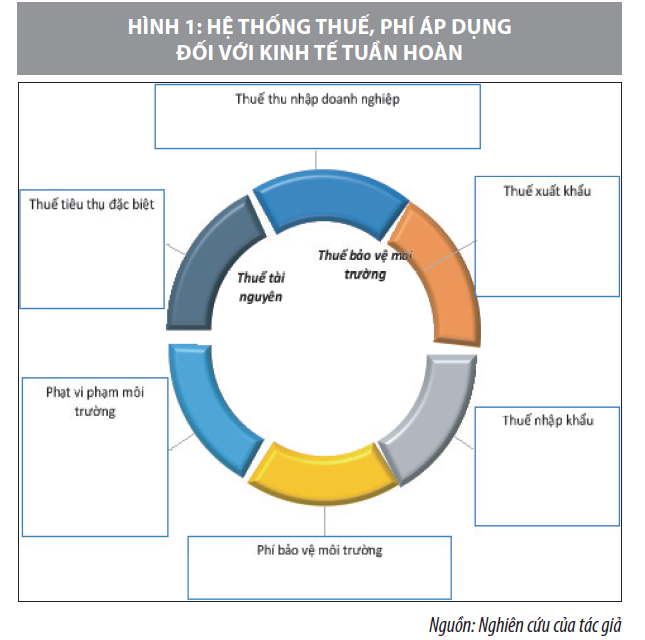
The beginning of the legal corridor related to environmental protection in Vietnam is the Law on Environmental Protection of 1993. This is the first important legal document creating the basis for the organization and implementation of environmental protection. . For the first time, basic concepts related to environmental protection have been defined and identified as the basis for their application in environmental management activities later.
Five years later, the 1998 Law on Water Resources was born with regulations on prevention and control of environmental pollution, environmental incidents, and water quality protection.
In addition to these regulations, this Law stipulates the application of clean technology, the utilization of waste, the saving of raw materials, the use of renewable energy and biological products in scientific research, production and consumption. .
In order to affirm political determination and determine that environmental protection is the cause of the entire Party, people and army, on June 25, 1998, the Politburo issued Directive No. 36/1998/CT. – Central Government on strengthening the work of environmental protection in the period of industrialization and modernization of the country.
Then, on November 15, 2004, the Politburo issued Resolution No. 41-NQ/TW on environmental protection in the period of accelerating industrialization and modernization of the country.
Accordingly, this Resolution has considered environmental protection as the cause of the whole society – The basic content of sustainable development and emphasizes that investment in environmental protection is an investment for sustainable development and must be internalized. legalized in the guidelines, policies and plans for socio-economic development.
Faced with the impacts of climate change and natural incidents in Vietnam and around the world, on June 3, 2013, the Party Central Committee issued Resolution No.24-NQ/TW on proactive response with climate change, strengthen resource management and protect the environment.
This resolution emphasizes specific tasks such as: (i) Responding to climate change; (ii) Strengthening resource management, rational, economical, efficient and sustainable use of natural resources; (iii) Protect the environment and ensure the quality of the living environment.
In general, since the Law on Environmental Protection in 1993 was born, up to now, this Law has been amended and supplemented three times in 2005, 2014, 2020. 3rd time in 2020 (effective in 2022).
Thus, through 3 times of amending and supplementing the Law on Environmental Protection, it has been shown that our Party and State have identified and oriented towards comprehensiveness, unity and overcoming the overlap between other laws such as the Law on Natural Resources and the Law on Natural Resources. country (Article 37, Article 38), Law on Irrigation (Article 44, Article 58), Law on Public Investment (Clause 2, Article 30 and Clause 6, Article 31) and Law on Fees and Charges Section IX.
In particular, the Law on Environmental Protection in 2020 officially uses the concept of circular economy (mentioned in Clause 11 Article 5 and Article 142).
On the other hand, the Resolution of the 13th Party Congress once again emphasized that building a circular economy is one of the orientations for the country’s economic development in the 2021-2030 period…
Financial policy for circular economy in Vietnam
In addition to focusing on perfecting the institution on environmental protection, over the past time, our Party and State have promulgated financial mechanisms and policies for the circular economy.
Specifically, in the Resolution No. 41-NQ/TW dated November 15, 2004 of the Politburo on environmental protection in the period of accelerating industrialization and modernization of the country, clearly stated: “Applying policies , capital support mechanisms, tax incentives, price subsidies for environmental protection activities…
Particularly, the state budget should have a separate expenditure section for environmental non-business activities and increase spending to ensure that by 2006 the expenditure level is not less than 1% of the total state budget expenditure and gradually increase this percentage according to the growth rate. of the economy”.
Along with the above contents, Resolution No. 41-NQ/TW adds the content: “Combining increased spending from the state budget with diversification of domestic and foreign investment capital sources, especially preferential capital sources for investment projects. response to climate change, resource management and environmental protection. Prioritize allocating funds for effective implementation of the National Target Program on pollution remediation and environmental improvement…”.
From 2006 up to now, the state budget expenditure mechanism applied to the cause of environmental protection is not less than 1% of the total estimated annual state budget expenditure.
Mechanism of state budget expenditure for circular economy
In recent years, our Party and State have made state budget expenditures on the circular economy through the following two forms:
Firstly, develop a separate spending section for environmental non-business activities as prescribed in Articles 36 and 38 of the 2015 State Budget Law and Circular No. Point c, Clause 1, Article 3 of Circular No. 02/2017/TT-BTC stating: The Ministry of Finance shall assume the prime responsibility for, and coordinate with the Ministry of Planning and Investment, the Ministry of Natural Resources and Environment, and the People’s Committee of the province in submitting to the competent authorities for allocating environmental non-business funding not less than 1% of the total state budget expenditure. in the annual budget.
Second, allocate funds for national target programs related to circular economy, including: Program on economical and efficient use of energy for the period 2006-2015 (Decision No. 79/2006/QD). – TTg dated 14/4/2006 of the Prime Minister); Engraving program.
Doctor. Nguyen Hong Thang
Reference: https://tapchitaichinh.vn/co-che-chinh-sach/chinh-sach-tai-chinh-doi-voi-kinh-te-tuan-hoan-o-viet-nam-337803.html
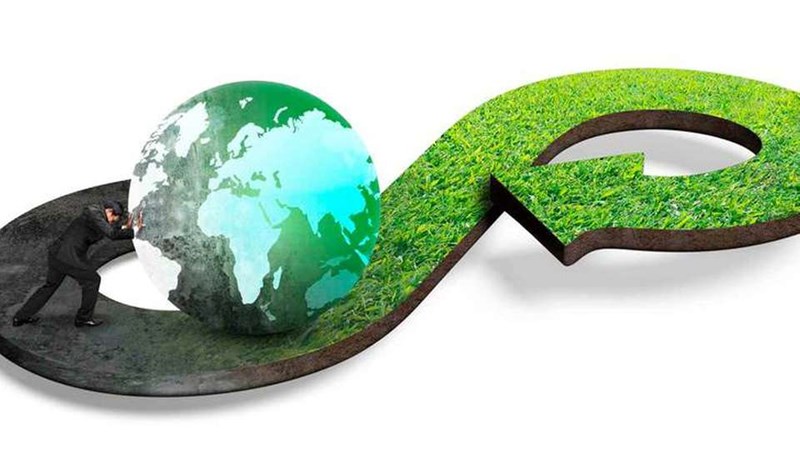
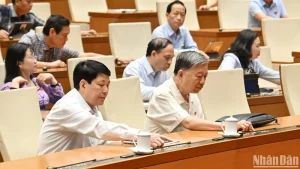
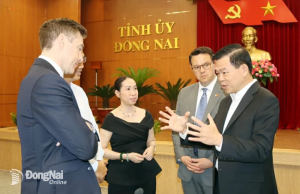
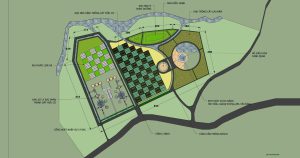
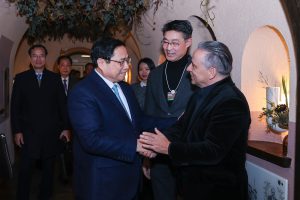
Leave a reply